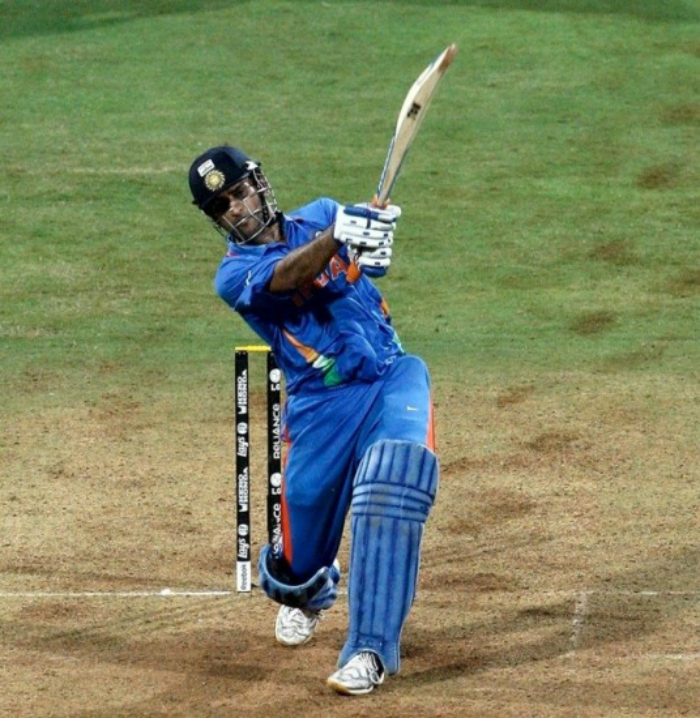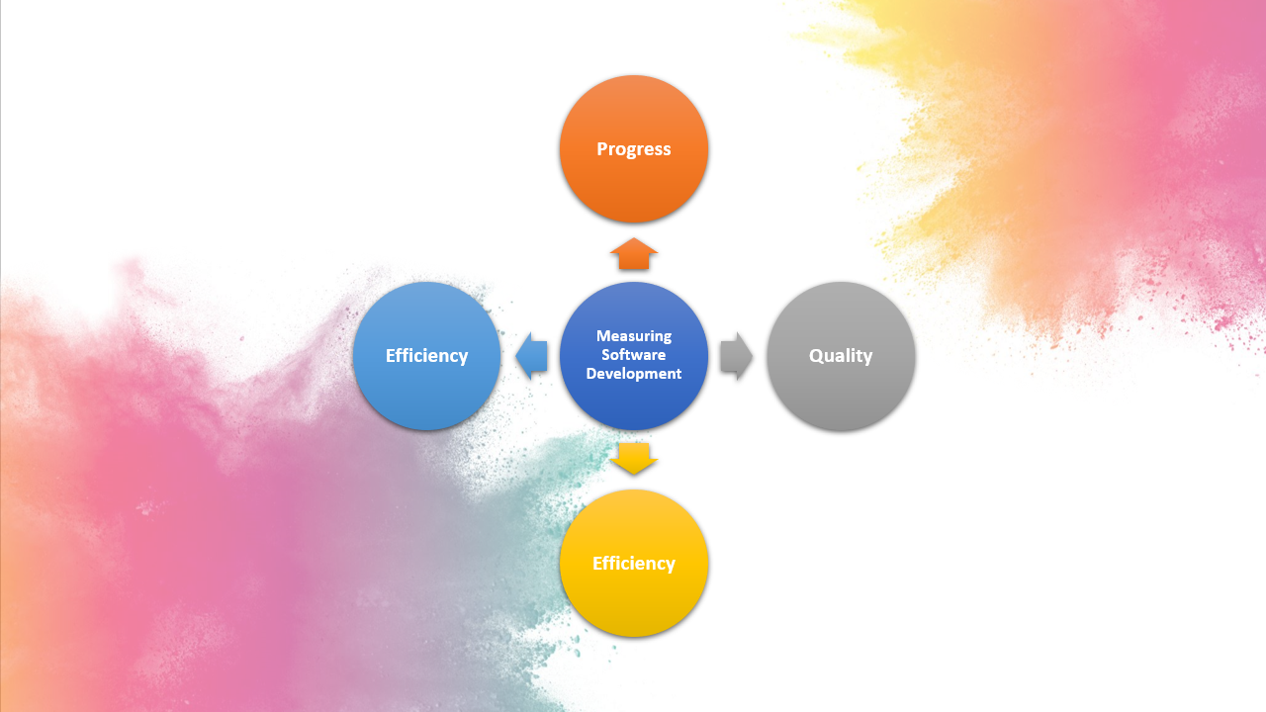Cricket And Data Science
Written on March 22nd , 2017 by Sabarish Muthumperumal
“Key to Success – When playing outside Asia, score more than 280, since India loses 73% of the matches defending lower scores”.
I was immediately mesmerized by this kind of definitive predictions before each innings of the Cricket World Cup matches on ESPN. While I marveled the data science behind this, my thoughts wandered back to the early days of cricket statistics provided by Wisden.
Data
Since first appearing in early 1800’s to almost until 1980’s, when the first One Day Internationals were played, the Wisden’s yearly publication of facts and figures was the only source of curated cricketing data. And this served its purpose well; it allowed bookies and patrons determine player batting averages and determining the betting odds!
Information
As cricket game shortened from five days to one, so did the need to wait for statistics. By the 1980’s one had access to cricket information as the batsman walked in to bat – how many centuries, how many matches, batting average, number of ducks scores etc., were displayed on television sets all over. This served it purpose to infuse interest and excitement to the modern game.
Insights
Along with the aggressive Australian style of play, came the need for aggressive responses. Static information gave way to actionable insights in the 1990’s. As the match progresses, one was treated to an array of graphical analysis – Manhattans (histograms), Worms (line graphs), that showed information ball-by-ball, run-by-run and wicket-by-wicket. Was the team chasing making as many runs per over as the opposition had? Should they send in a pinch hitter? Were they losing too many wickets? Should they send in someone to steady the innings? Was the run rate too high, must the fielding side bring back the seamers? Actionable insights provided captains and arm-chair experts the information needed to turn the game!
Predictions
Come 2015, actionable insights is barely enough; armed with terabytes of data from cricket matches played on every continent and every condition against every opposition, captains and viewers alike now have the keys to successes, long before the match is played. This allows captains to select the right opening pair, the right batsman to bowler combination, and select the appropriate playing eleven – not based on instinct alone, but backed by data. Later this year, I saw similar predictive analytics applied to other sports including the Wimbledon and the US Open. However, I suspect no one predicted Serena’s loss!
Question
If this is what predictive data analytics can do for sport, imagine what it can do for your business! Does it help to know when a customer is likely to buy and what he/she is likely to buy? Can you plan your procurement processes against this insight? If you knew that you were about to have an unhappy customer, what would you differently? Importantly, now that you have the predictive insights, are your business processes agile and nimble to adapt and respond?

